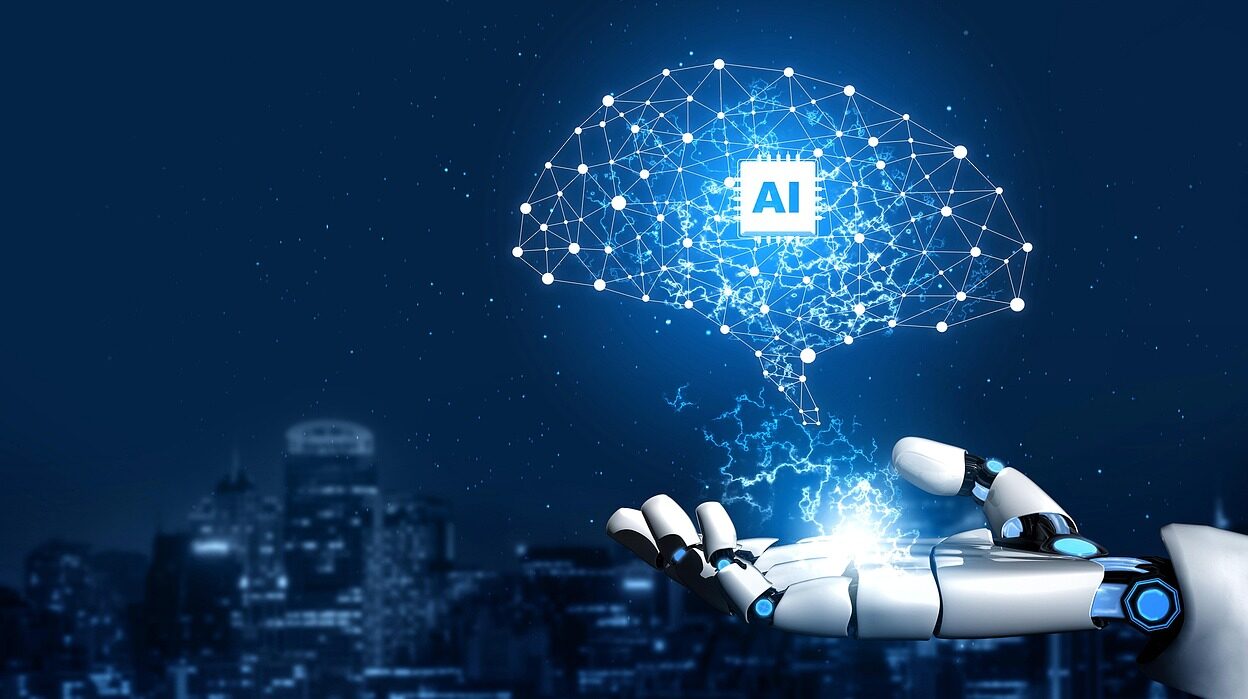What’s the sign of a well-run facility? For decades, this would have meant minimal downtime, and no service disruptions or complaints. If nobody noticed, you were doing it right. But being invisible isn’t the strategy anymore. Somewhere between shrinking maintenance windows, unpredictable energy markets, and climate accountability deadlines, we realized that “efficient” can’t just mean functional. It has to mean intelligence. This is where the new reality of facility management solutions has emerged.
AI and IoT are the new engines for precision-driven management. In simple words, they help buildings run smarter and more efficiently. This is only possible by the integration of AI and IoT into everyday infrastructure. Thousands of micro decisions today happen constantly: when to power down, when to reroute loads, when to flag a maintenance window, when to stay quiet. Together, AI-IoT forms what could best be described as buildings that think, respond, and optimize living systems.
So, let’s walk through the utility corridor where real intelligence begins. This blog explores how AI and IoT are reshaping the very definition of facility management solutions.
What’s Behind Smart Facility Management Solutions?
The best facility management systems are built to operate in the background, gathering data in diverse environments without interruption. Most of these systems are embedded behind familiar dashboards, integrated into existing platforms, or quietly working through edge devices sitting next to your chillers and switchboards.
Some of the most forward-looking solutions in this space are already in use in data-heavy environments like airports, apartments, hyperscale warehouses, industrial parks, and high-performance offices. But when you see a building that runs quietly, reacts fast, and saves more than it spends, that’s them working in the background.
1. Sensors Are Your Ears
In the past, buildings were unknown to their own discomfort. You needed a technician to feel that the compressor was off, or someone to report that a room was too warm. Now, sensors are embedded throughout a facility’s function.
They ‘hear’ vibration anomalies, ‘feel’ temperature differentials, ‘smell’ rising VOC levels, and ‘see’ occupancy flow in real-time. These sensors are more like contextual facility management solutions. By feeding live metrics into AI engines, they create awareness that surpasses human monitoring. Think of it as intuition with evidence.
2. Prediction Is the New Prevention
What separates smart building management from intelligent ones? The former reacts. The latter predicts. AI models today know why it’s happening, when it will fail, and how to prevent it. These facility management solutions have been trained on years of runtime data, manufacturer specs, weather fluctuations, and usage anomalies. They look for patterns you probably missed by a trained human eye.
It’s an advisory layer that can automatically adjust control systems, suggest scheduling changes, or reroute loads without calling for help. The best part? As AI ingests more operational history from your facility, it fine-tunes itself to your exact context. What was once a generic HVAC algorithm is now your HVAC algorithm, personalized to the building’s quirks, the climate’s behavior, and even occupant habits.
3. Energy Stops Being Overhead
Ask any facility manager what keeps them up at night, and energy consumption ranks near the top. But here’s where the AI-IoT shift begins to show its value: energy stops being a fixed overhead and starts behaving like an intelligent asset. These facility management solutions are self-optimizing systems that constantly recalibrate to make your facility not just greener, but smarter with every operational hour.
Smart building management leverages AI at its best to achieve leaner runtime profiles, fewer wasteful peaks, and tighter control loops. All of this without compromising comfort, compliance, or performance. In fact, many are discovering surplus capacity they didn’t know existed, redistributing it to EV charging, microgrid operations, or experimental pilots without spending an extra rupee on infrastructure.
4. Comfort Is Now Quantifiable
Historically, comfort has been subjective. A complaint here, a temperature nudge there. Now? It’s data. AI correlates temperature with humidity, air velocity, CO₂ saturation, sunlight penetration, and even human feedback from app integrations. It learns what actually feels right, and not just for one room, but across floors, zones, and schedules.
The result? A comfort profile that evolves in real-time, continuously optimized for how people use the space, not how it was designed to be used. In corporate campuses, this leads to higher employee retention and fewer hot/cold complaints. In hospitals, it improves patient recovery outcomes. In hotels, it earns repeat business. In data centers, it preserves uptime without overcooling. And yet, all this happens invisibly.
5. The Vanishing Point of Compliance
Compliance is one of those things nobody wants to deal with until it’s too late. But now, facilities are moving toward autonomous compliance ecosystems. The facility management solutions are no longer prepared for inspection. It simply is compliant, by design, by default, and by data.
This is especially critical in industries like pharma, F&B, and logistics, where even momentary lapses have downstream implications. But increasingly, even offices, malls, and manufacturing plants are embracing this shift. Because it works like a silent checklist for standards you set for it.
6. Intelligence at Scale
Perhaps the most underestimated impact of AI and IoT is what happens across buildings. Managing one facility intelligently is great. But imagine overseeing 12 plants across four states, each with its own systems, teams, vendors, and quirks. Now imagine every building reporting data in a common format, benchmarking performance against each other, flagging deviations, and even learning from one another.
Here’s how it works: Each building becomes part of a connected network that learns together. When one facility improves something like cooling or lighting, that knowledge can be shared with others. So instead of solving the same problem in 12 places, you’re running one smart system that gets better as a whole.
Final Thought: The Quietest Buildings Are the Smartest
The smartest facility management solutions facility systems run with perfection – autonomously, continuously, and always in tune with the environment. What’s redefining the industry now is how teams are creating spaces that adjust in real-time, self-correct before issues surface, and get sharper with every data point.
As AI and IoT become core to how buildings operate, the next edge lies in how quickly your systems operate. Facilities that think ahead are already setting the pace. And for everyone stepping in now, it begins with one smart decision that keeps scaling quietly, day after day.




